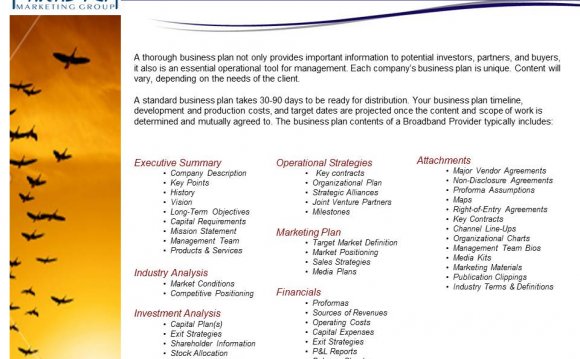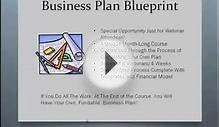
 Contact Us Now for a Free Assessment
Contact Us Now for a Free Assessment
Your business plan is very often the first impression potential investors get about your venture. But even if you have a great product, team, and customers, it could also be the last impression the investor gets if you make any of these avoidable mistakes.
Investors see thousands of business plans each year, even in this down market. Apart from a referral from a trusted source, the business plan is the only basis they have for deciding whether or not to invite an entrepreneur to their offices for an initial meeting.
With so many opportunities, most investors simply focus on finding reasons to say no. They reason that entrepreneurs who know what they are doing will not make fundamental mistakes. Every mistake counts against you.
This article shows you how to avoid the most common errors found in business plans.
Failing to relate to a true pain
Pain comes in many flavors: my computer network keeps crashing; my accounts receivable cycle is too long; existing treatments for a medical condition are ineffective; my tax returns are too hard to prepare. Businesses and consumers pay good money to make pain go away.
 You are in business to get paid for making pain go away.
You are in business to get paid for making pain go away.
Pain, in this setting, is synonymous with market opportunity. The greater the pain, the more widespread the pain, and the better your product is at alleviating the pain, the greater your market potential.
A well written business plan places the solution firmly in the context of the problem being solved.
Value inflation
Phrases like "unparalleled in the industry;" "unique and limited opportunity;" or "superb returns with limited capital investment" - taken from actual documents - are nothing but assertions and hype.
Investors will judge these factors for themselves. Lay out the facts - the problem, your solution, the market size, how you will sell it, and how you will stay ahead of competitors - and lay off the hype.
Trying to be all things to all people
Many early-stage companies believe that more is better. They explain how their product can be applied to multiple, very different markets, or they devise a complex suite of products to bring to a market.
Most investors prefer to see a more focused strategy, especially for very early stage companies: a single, superior product that solves a troublesome problem in a single, large market that will be sold through a single, proven distribution strategy.
That is not to say that additional products, applications, markets, and distribution channels should be discarded - instead, they should be used to enrich and support the highly focused core strategy.
INTERESTING VIDEO














